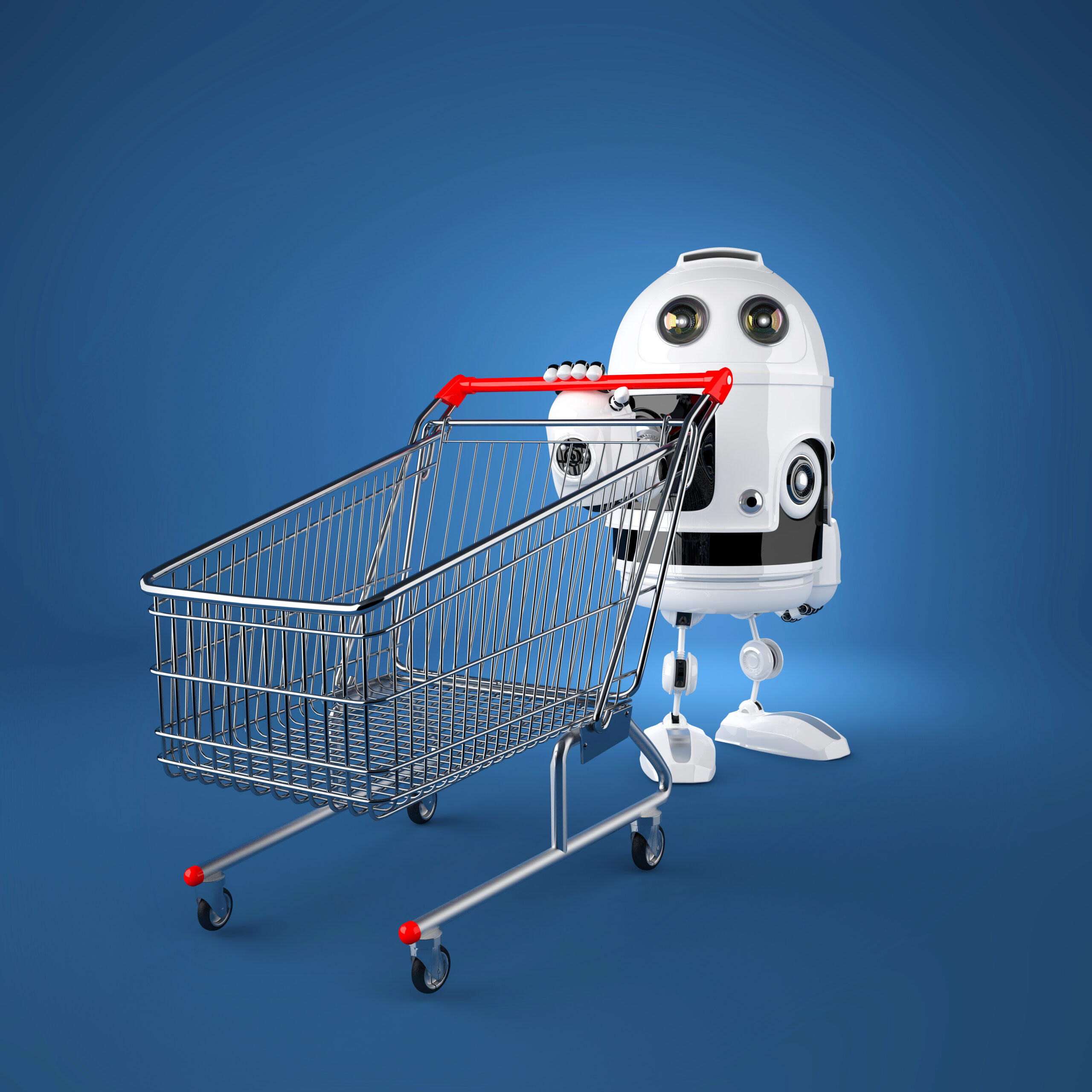In the future, older folks just might have the thing that once seemed impossible; robots in their homes to help with activities of daily living, offer emotional support, and provide remote access for healthcare professionals. It’s not a fantasy played out in cartoons anymore. It’s literally happening today, in our time!
These robots could also bring entertainment to retirement home residents or assist with tasks such as cleaning.
Home care clients often require a mix of medical and non-medical, practical services and support. Though robots are continuously advancing, they cannot compare to a live human staff member who is readily available 24/7 to help clients in their homes. Furthermore, both customers and caregivers will have the same level of access to this staff member at all hours of the day or night. Robots are still not there, yet.
However, what they can do to assist the aging population in prolonging their independent lives in their own homes hopefully is:
Help with mobility issues and fall risks by automatically calling for help if a client falls, as well as providing physical support to get up.
Assist with medication management by reminding clients when to take their pills and sending alerts to loved ones or care staff if they forget.
Provide cognitive stimulation through games and other activities to help keep minds sharp.
Help with household tasks like laundry, vacuuming, and grocery shopping.
Monitor vital signs and provide real-time health data to doctors and nurses.
Serve as a companion, providing emotional support and helping to reduce feelings of loneliness and isolation.
The jury is still out on whether or not robots can be true companions, however, as they lack the ability to show empathy. They also can’t provide the personal touch that many seniors need and crave.
How can medical robots care for humans?
They help with various tasks, from surgical procedures to taking vital signs to help with security. Such “medical robots” have been shown to help increase precision in surgeries and even reduce human error in drug delivery through their automated systems.
One of the more famous medical robots is the da Vinci surgical system. This machine helps surgeons perform minimally invasive surgery using a number of robotic arms. The surgeon sits at a console and controls the robot while also getting a three-dimensional view of the operating area.
For example, when someone is pregnant, and the fetus needs an operation, the da Vinci can be used to do the procedure without making a large incision.
Other medical robots include those that help disabled people with their daily tasks or provide rehabilitation after an injury. For instance, the InMotion2 exoskeleton allows people who have suffered a stroke or spinal cord injury to walk again. The device is worn over the legs and provides electrical stimulation to the muscles, helping the person move their legs naturally.
The system has been used in over five million surgeries worldwide and can be used in a number of different procedures, from hysterectomies to heart surgery.
Other medical robots include the RIVA drug delivery system, which helps nurses prepare and administer medications, and the Moxi security robot, which roams hospital halls and assists with everything from directing visitors to providing information about upcoming events.
As medical technology advances, we’ll likely see even more robots enter the healthcare field to help care for patients.
Other medical robots include the RIVA drug delivery system, which helps nurses prepare and administer medications, and the Moxi security robot, which roams hospital halls and assists with everything from directing visitors to providing information about upcoming events.
As medical technology advances, we’ll likely see even more robots enter the healthcare field to help care for patients.
What are the benefits of medical robotics?
The use of medical robotics can offer several benefits, including:
- Greater precision in surgical procedures
- Reduced human error in drug delivery
- Increased efficiency in hospitals and clinics
- More customized care for patients
What are some of the challenges of medical robotics?
The use of medical robotics also comes with some challenges as well, including:
- The high cost of medical robots
- The need for specialized training to use them
- The risk of cyberattacks on medical robots
- Despite the challenges, the use of medical robotics is expected to continue to grow in the healthcare industry.
What does a medical robotics engineer do?
The Biomedical Robotics research focus area is centered on the design, development, and evaluation of medical robotics systems and smart assistive robotic platforms that enhance the physical capabilities of both patients and clinicians via advancements in mechanical design, modeling and control, sensors and actuators, and machine learning. These systems have the potential to provide increased dexterity and strength, improve range of motion, facilitate customized goal-oriented rehabilitation programs, or serve as a mobile platform for in-home healthcare monitoring and assistance.
What is the future of medical robotics?
The future of medical robotics is likely to see even more robots enter the healthcare field to help care for patients. As medical technology advances, robots will become more sophisticated and able to handle increasingly complex tasks. This will allow them to take on a larger role in patient care, including functions such as providing companionship, monitoring vital signs, and helping with household chores.
The colleges specializing in these types of degrees are usually research-based, like MIT, Carnegie Mellon, Georgia Tech, and the University of Southern California.
The best way to learn more about medical robotics is to get involved in research or join a professional organization such as the Association for the Advancement of Medical Instrumentation or the Society for Minimally Invasive Surgery. You can also attend conferences and events such as the International Conference on Intelligent Robots and Systems or the Healthcare Information and Management Systems Society Conference.
What are the five major fields of robotics?
First, is the operator interface is where a human interacts with the robot. The interaction is important for both commercial and industrial applications where a human needs to be able to control the robotic system. There is also a need for this interface for medical applications where robots need to be able to interact with patients naturally.
The second is mobility or locomotion and is how the robot moves from one place to another. Mobility is important for both commercial and industrial applications where the robot needs to be able to move around a workspace. Additionally, this applies to medical applications where robots must be able to navigate the human body.
Third, manipulators and effectors are used for the robots to manipulate objects in their environment. Again, this is important for both commercial and industrial applications where the robot needs to be able to pick up and move objects. Medical applications utilize robots to perform delicate surgical procedures.
Fourth, is programming and relates to how the robot is programmed in order to carry out its tasks for all robotic systems, as it determines what the robot can and cannot do.
Fifth, sensing and perception are how the robot gathers information about its environment. This is where all robotic systems allow the robot to navigate and interact with its surroundings.
Can robots care for the elderly?
In conclusion, medical robotics is a rapidly growing field with immense potential. Therefore, if you are facing aging parents in the near future, it is essential to stay up-to-date on the latest advancements in this field and to get involved in research or join professional organizations to learn more.



x0qxbt